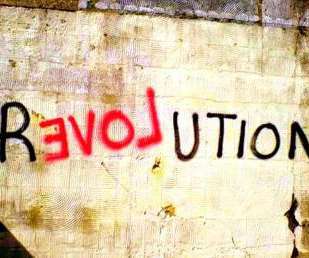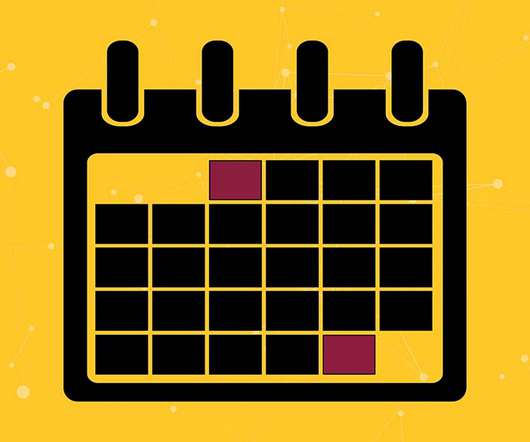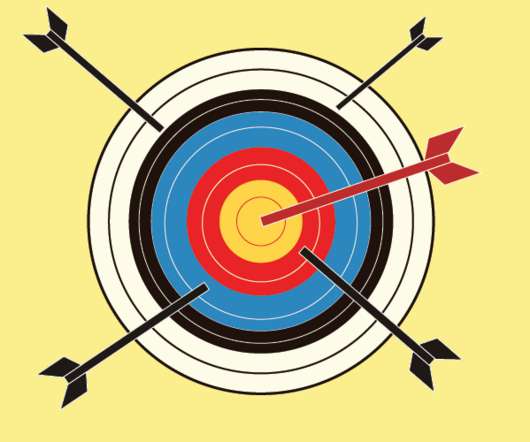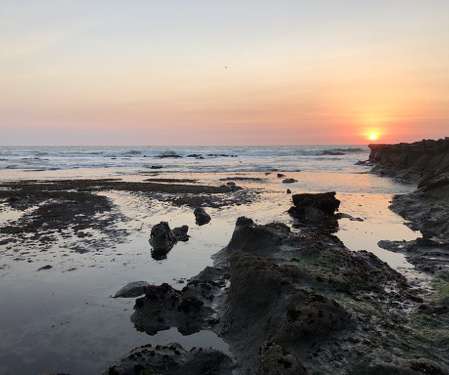Grantmaking: What’s Participation Got to Do with It?
sgEngage
SEPTEMBER 13, 2022
In philanthropy, unlike democracy, there is often no way for people to participate–to share what they think or to influence decisions. People impacted by the grants typically have no say in who gets the funding, for what, how much, and for how long. Lots of grantmakers are intrigued by participatory grantmaking. But what is it?









































Let's personalize your content